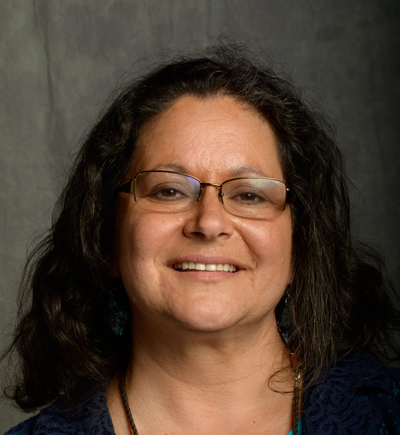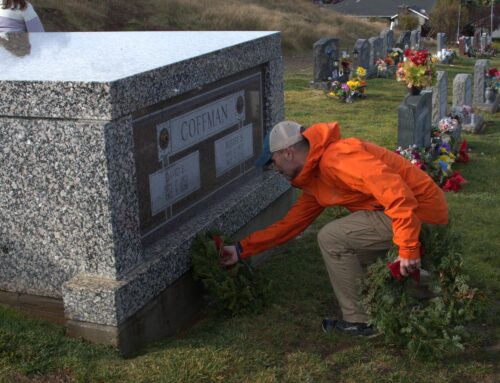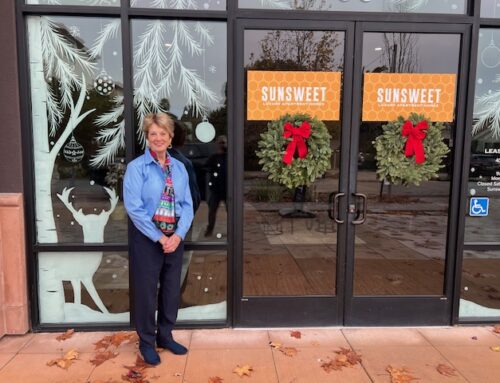Published in the July 19 – August 1, 2017 issue of Gilroy Life
By Jan Bernstein-Chargin

Jan Bernstein Chargin
Can it be true? Last month the 2017 Santa Clara County biannual point-in-time count of the homeless was released. This revealed an astonishing 379 percent growth in Morgan Hill’s homeless population, while Gilroy showed a 69 percent increase. These numbers are many things: sad, disturbing, and heartbreaking.
However, to those working with the homeless, or those who have seen the rise of encampments and inhabited vehicles on the streets, they are not surprising, for the numbers reflect what we see every day. The homeless include families with children, unaccompanied minors, and young adults as well as veterans, seniors, and the disabled. Critically, the greatest increase in homelessness county-wide during the past two years has been among the young.
Although there is a great diversity among the people who are homeless, they all have one thing in common: they cannot find or afford a safe and legal place to live. Santa Clara County is now one of the least affordable places to rent or buy a home, and many people with low incomes, including low-wage workers, college students, and people with disabilities, have been priced out of the market. For families with children, the challenges of living on the streets or in a vehicle are almost unimaginable to someone who hasn’t experienced it. The constant concern for safety, the lack of bathroom facilities or a place to store and prepare food, the lack of privacy for family members. For children there is the difficulty of doing homework, dressing for school, or taking part in activities. Many homeless students have high rates of absenteeism and learning or behavioral difficulties.

Photo courtesy Pinterest
Tiny homes with wheels similar to the one above will be parked in local area church parking lots for chronically homeless people in Santa Clara County.
This summer, Morgan Hill is taking an innovative step in piloting a “Safe Parking” program for a small number of the homeless families who have been sleeping in vehicles. Funded by the Morgan Hill Police Department and operated through an incredible community partnership that includes the Morgan Hill faith community, Morgan Hill Unified School District, and the Compassion Center, this program will give homeless families a chance to get back on their feet, and regain their safety and dignity. Families are referred by Morgan Hill Unified School District and Morgan Hill Police Department, food and volunteers are provided by the partner churches, and case management and program support by the Compassion Center. Program facilities will include two “tiny home” vehicles donated by Santa Clara County and the Santa Clara County Office of Education (built by the students at the William F. James Boys Ranch) and a mobile shower and laundry van created by the EPICS engineering students at San Jose State University, set in a church parking lot with overnight security.
The Compassion Center has long been an advocate of nontraditional approaches to ending homelessness. As pioneers in this approach in Santa Clara County we developed and piloted the Almost Home camping program, demonstrating that dignity and stability can be restored through the creation of a community housed in nontraditional ways.
For the long-term, we are hoping to develop one or more “Compassion Parks:” tiny home villages for people with extremely low incomes, that will also include facilities for safe parking and temporary shelter. These will provide safe and legal alternatives to the streets, with a quicker time-frame and lower cost than traditional housing developments. You can find out more and contribute Sept. 30 at the upcoming Harvest Moon Dinner/Fundraiser, hosted at the “Castillo Morgan Hill Shire Winery” For an invitation email: [email protected].
Jan Bernstein-Chargin is the chair of the board for the Compassion Center.






